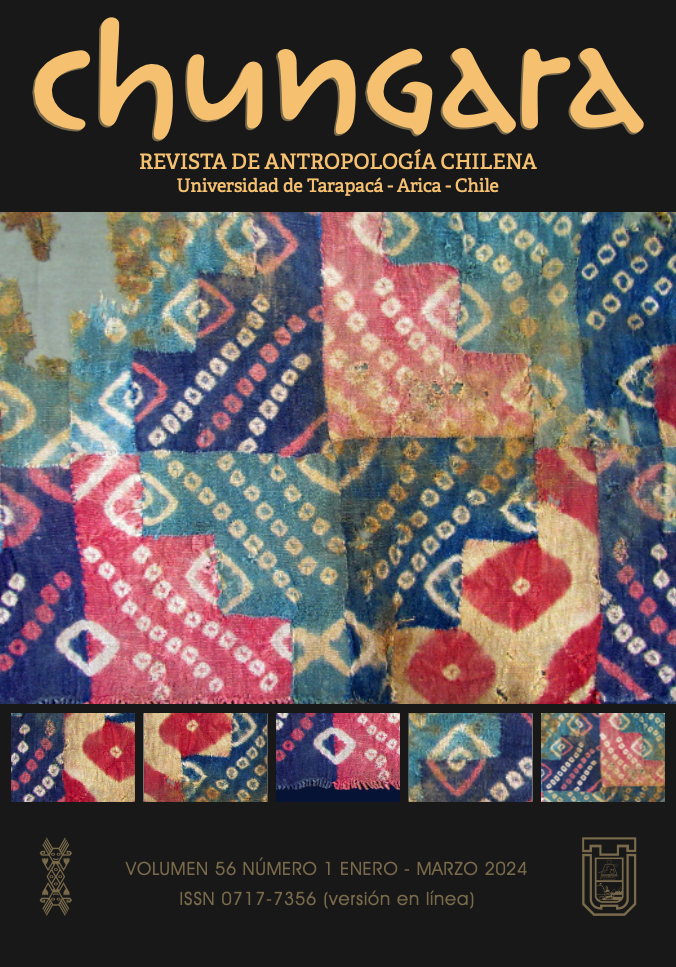PALEOENVIRONMENTAL CONTEXT OF THE ARCHEOLOGICAL OCCUPATION IN CORRAL GRANDE (ANTOFAGASTA DE LA SIERRA, CATAMARCA, ARGENTINA)
CONTEXTO PALEOAMBIENTAL PARA LA OCUPACIÓN ARQUEOLÓGICA EN CORRAL GRANDE (ANTOFAGASTA DE LA SIERRA, CATAMARCA, ARGENTINA)
Pablo Tchilinguirian, Lorena Grana and Daniel Olivera
This paper aims to reconstruct the palaeohydrological changes in Corral Grande (Antofagasta de la Sierra Department, Catamarca Province, Argentina), relating the formation and growth of a paleowetland with the hydrological balance in the high catchment area. This study provides, therefore, an environmental context for human occupation in this region. To this end, geomorphology, sedimentology, and microfossil (diatoms) analyses as well as radiocarbon datings were carried out in the confluence of Mojones and Los Nacimientos streams. Results indicate that between ca. 2000-1800 BP the rivers were permanent and the floodplains, where the Formative occupation occurred, had organic soils and a shallow water table. Between ca. 1800 and 300 BP the paleowetlands were eroded and/or were covered by sediments associated with debris flows. This environment was sometimes contemporary with the occupation of the Late Inca Period, and the settlements were located in geoforms away from the paleowetland. Later, between ca. 300 and 240 BP, the Mojones river developed new, but less extensive, paleowetlands, and were shortly after deteriorated and retracted upstream.
paleohydrology
Tags: Puna, Geoarcheology, paleohydrology







